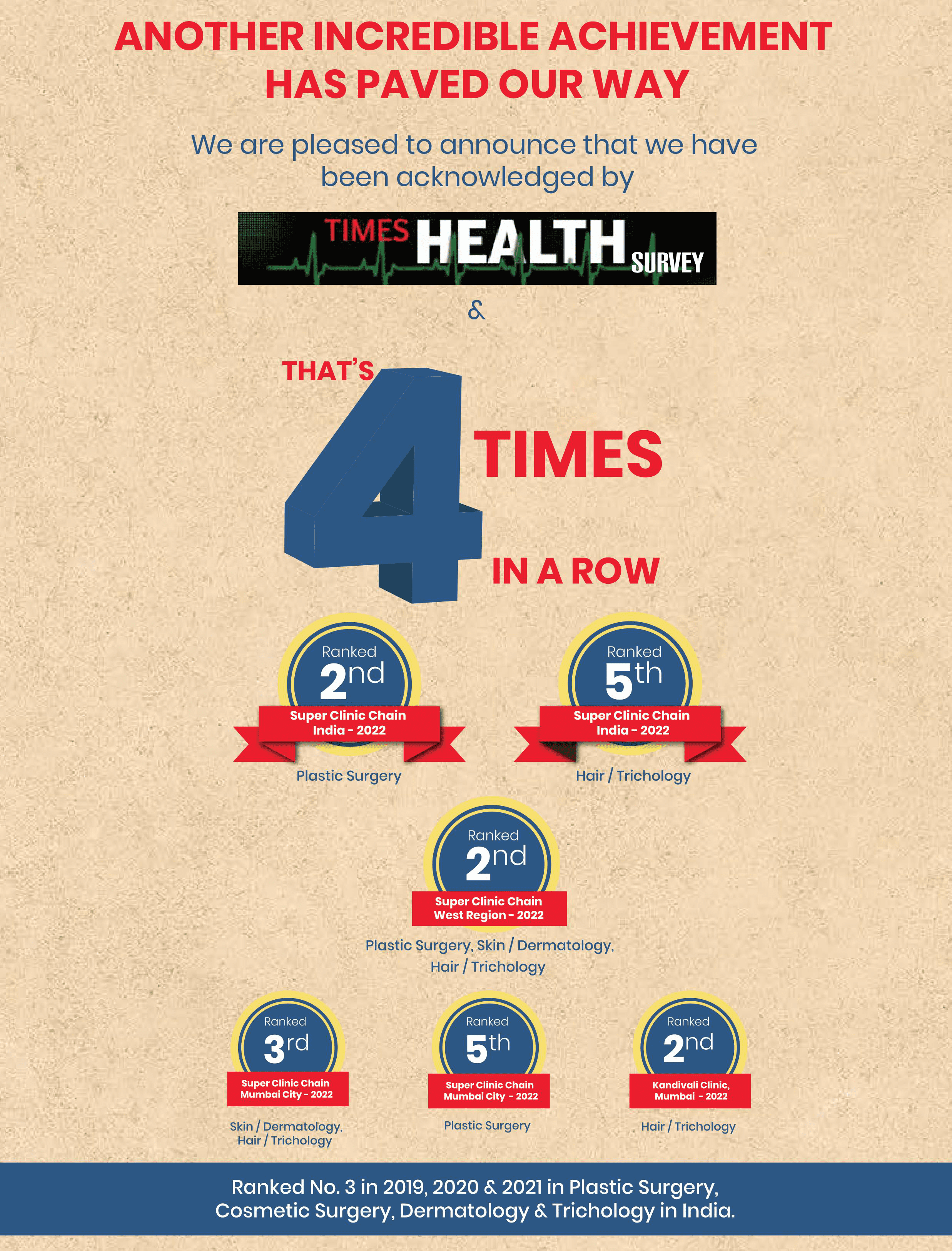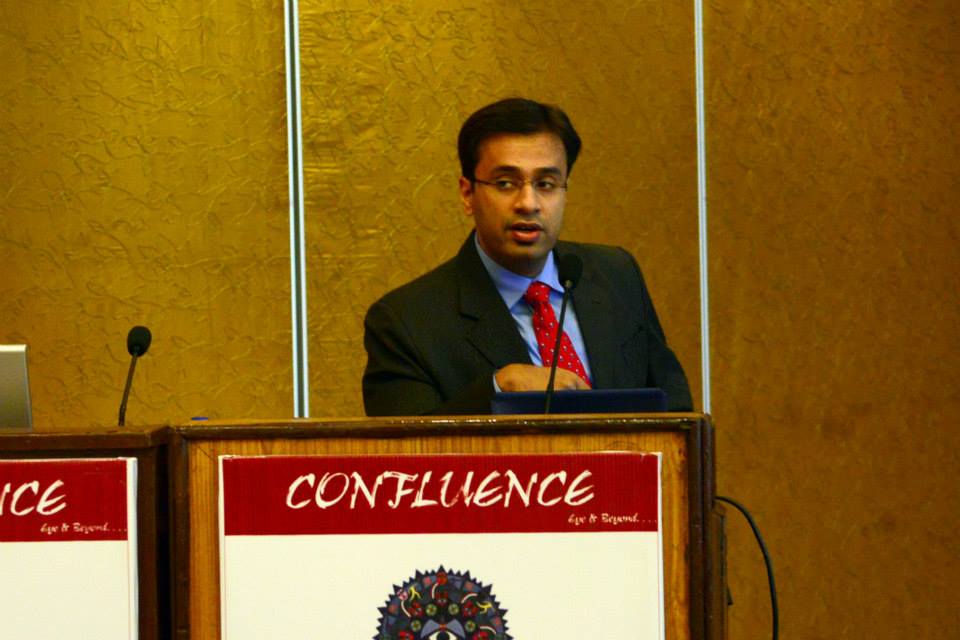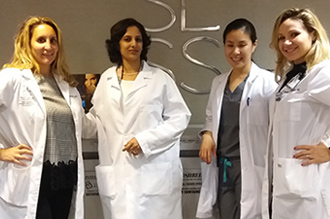A dot of irritant present in or around your eye will definitely cause you to react in some ways; this only goes to show how sensitive the eyes are. This may, however, be more far-reaching under certain circumstances wherein a part [of these sensory organs] is having a defect. Such cases will warrant seeking treatment, and talking about a significant eye therapy you may need to consider, we have elected to buttress on entropion repair. Entropion repair is a therapeutic intervention directed at correcting a condition whereby the eyelid is turned (unusually) inwards – entropion. This condition results in keratoconjunctivitis as the affected area becomes red upon the skin of the eyelid along with the eyelashes rotating inwards.
There are three types of entropion that have been reported thus far; these are:
As it is the norm when attempting to do any surgery, you will have to go and see a surgeon at the clinic nearby. In the context of entropion repair, an oculoplastic surgeon should attend to your case, and he/she will seek to gain some knowledge of your medical history. Broadly speaking, you will be asked questions that border on the past health condition(s) you might have had, as well as the state of your eye and other components [of the eye].
You will be asked to provide information about the kind of medications you have been using – you should consider taking these drugs along with you. You should try as much as you can not to leave out any detail, and you should feel free to ask the attendant surgeon questions to clear your doubts.
The surgeon will then have you go for some clinical examinations; special photographs of your eyelids and face will be taken for the surgeon to further evaluate your situation – an ophthalmic examination will also be carried out. Once it has been ascertained that it is alright for you to have the surgery for entropion repair, the surgeon will proceed to fix the date for the operation.
Towards the set date; it is advised that you stop using certain drugs – e.g., aspirin-containing drugs, blood-thinning drugs, anti-inflammatory drugs, and anticoagulants – two weeks before the operation. The surgeon will educate you more on this and even discuss the steps entailed in the procedure that would be performed on you. The advantages and possible risks associated with the selected procedure are parts of the things the surgeon will discuss with you.
Various methods/protocols have been adopted in treating entropion – from the simple ones to those that are relatively advanced. A common home remedy that is often used is to tape the eyelid to the cheek thus preventing it from having contact with the globe. Botulinum Toxin Type-A (BoNT-A) injections also offer some therapeutic relief to entropion patients. The mechanism behind the effectiveness of BoNT-A injection is that it weakens the muscles that are responsible for the inward rotation of the eyelid thereby making the lid to be more relaxed. These injections, however, need to be given every three months to sustain a favourable outcome.
Symptoms
The following are the signs and symptoms that normally accompany entropion:
Surgical procedures remain the best form of treatment for entropion as it guarantees a lasting (favourable) result. However, you should be mindful of the fact that changes – which may affect the functionality of your eyes – may evolve as you age. Several entropion repair procedures have been defined and utilized to varying degrees. We have briefly described three of these (procedures) below:
Lateral tarsal strip procedure: The lateral tarsal strip procedure is an eyelid tightening intervention that has been utilized to great effect. The surgeon will make markings around the lateral area where the margins of the lower and upper eyelids meet. After this, the anaesthesiologist comes around to administer local anaesthesia to numb the surgical area, and the surgeon continues by making an incision through the outer corner of the eye as he/she attempts to gain access to the tendon. The tendon is then stretched in such a way that fulfils the shortening degree attainable for proper eyelid tension, and the surgeon eventually proceeds to shorten the lateral tarsal strip. The anterior lamellar flap created as a result of the dissection is now trimmed. The suspension of the tendon at the outer corner of the lower eyelid is then achieved, with the surgeon using layers of dissolvable stitches to close up the incision. The surgical area is then cleaned up and the surgeon places a(n) (eye) patch over the area. There are, however, occasions wherein the surgeon may choose to adopt the everting suture protocol – which is summarized below – to augment lateral tarsal strip procedure for improved (positive) outcome.
Everting suture Procedure: This is a straightforward technique that can be performed in the space of a couple of minutes in the surgeon’s office. The surgeon will have the patient lay down and apply numbing drops to the surgical area. After this, he/she places dissolvable sutures inside the eyelid to turn it outward and hold it (that is, the eyelid) down as such, thus ensuring that the eyelashes are prevented from irritating the eye.
Quickert Procedure: The quickert procedure, which is sometimes referred to as “double-armed full-thickness everting sutures”, has been effective in correcting involutional entropion, and it is also applied in cases where entropion is recurring. After anaesthetization, the oculoplastic surgeon will make an incision across the eyelid border and then the ends of the eyelid before proceeding to excise excessive tissues. The cut ends are then re-attached with a double-arm dissolvable suture. The eyelid margin and incision are subsequently sutured – with dissolvable and non-dissolvable sutures in respective order. However, it needs to be stated here that while the Quickert procedure takes care of the inwardly turned eyelid, it fails to address the horizontal slackness noticeable in cases of involutional entropion.
Our surgeon will provide you with some prescriptions which may include antibiotics and steroidal ointment. Besides this, you should avoid getting your eyelid wet after the operation. Bruising and swelling are normal occurrences after entropion repair – applying cold compresses can help reduce swelling. The (eye) patch placed over the affected eye will be removed in 1 - 2 week(s) after surgery. You should take care to wash your hands thoroughly and maintain a hygienic condition whenever you wish to take off the patch before the set time. Furthermore, you should desist from engaging in any strenuous physical exercises for the time being – probably for the next 2 – 3 weeks after the operation. To aid your recovery, you should not wear make-up on your eye neither should you expose your face to the sun. Alcohol should also be avoided for a couple of weeks.
The actual price will be majorly determined by the severity of the patient’s condition, as well as the number of treatments that will be selected considering that you will need to undergo other interventions along with entropion repair to get a desirable outcome. Additional cost will, however, be accrued from other aspects like the distance between your home and the clinic, possible hospital stay – although rare – and the duration of the follow-up session.
Entropion repair assures immeasurable restorative outcomes – but this can only be achieved when it is performed by a team of experts that understands the anatomy of the eye to an appreciable degree. This is exactly where Dr. Debraj Shome – a dedicated and well-respected professional whose exploits [in the field of oculoplastic and cosmetic surgery] have seen him attained a celebrity surgeon status – comes in. And, he is not alone at The Esthetic Clinics; we also have plastic surgeons with vast experience. So, all in all, you can have access to quality entropion repair nearby in India at our medical facility. From the point of diagnosis to follow-up, we are duty-bound to see to it that you have an outcome that you will be satisfied with – both in terms of functionality and aesthetics.


Dr. Debraj Shome is Director and Co founder of The Esthetic Clinics. He has been rated amongst the top surgeons in India by multiple agencies. The Esthetic Clinics patients include many international and national celebrities who prefer to opt for facial cosmetic surgery and facial plastic surgery in Mumbai because The Esthetic Clinics has its headquarters there.






